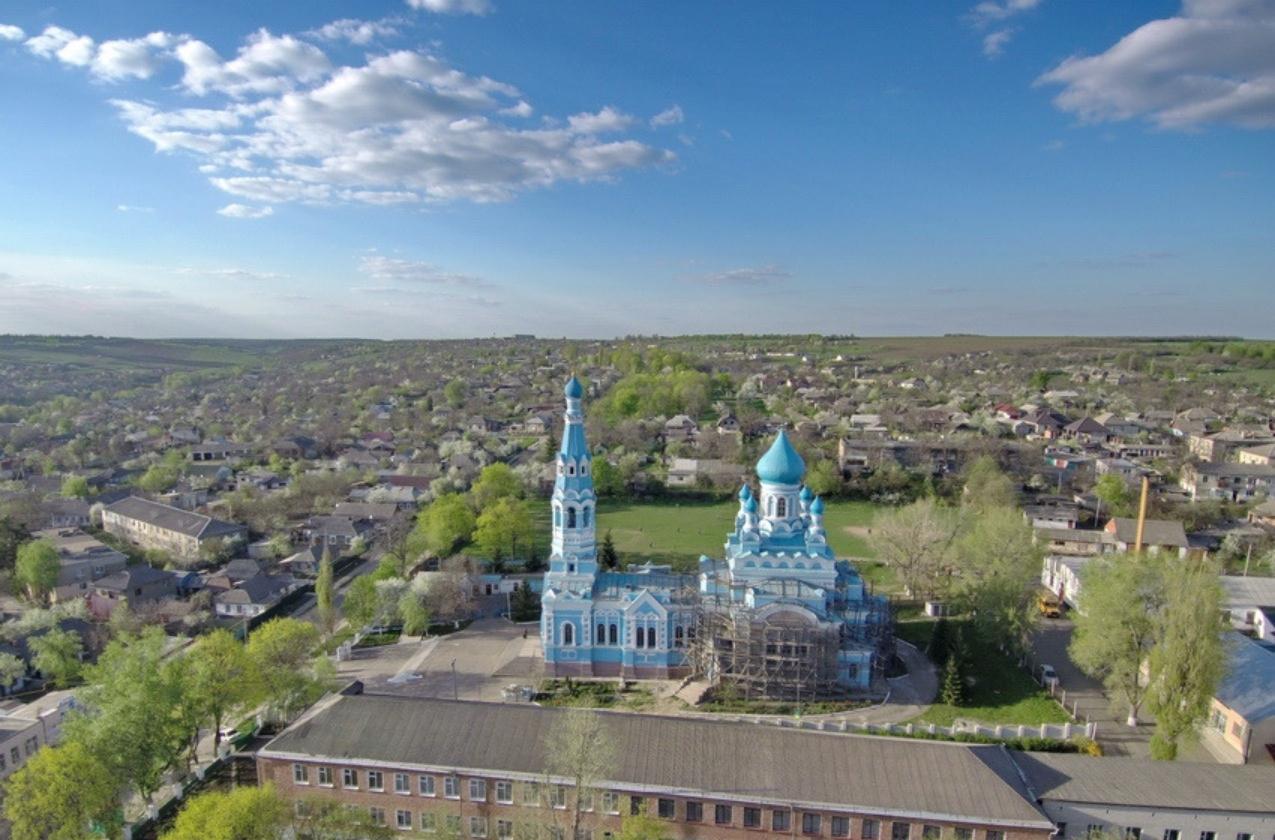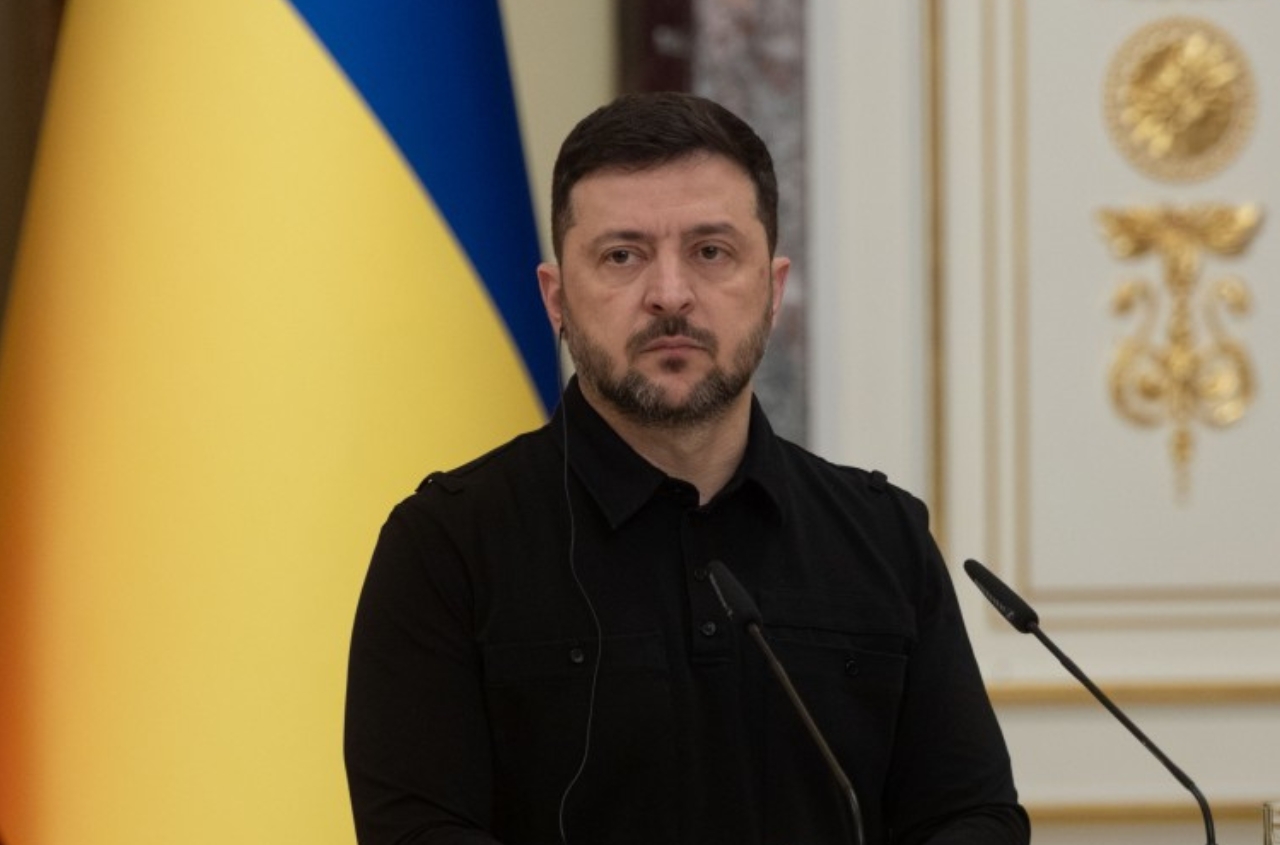The old capital of Baltic county is located in the North of Odessa region, on the river Kodyma. In February 4, 2016, Balta was declared a city of regional significance by the Verkhovna Rada of Ukraine. Its population is 18,959 people (as at January 1, 2016).
It all started with a small Turkish fortress, the town around which survived many wars and raids, and in 1776 received the Magdeburg right. In 1793, it passed to the Russian Empire, further to the defeat of Turkish empire. In 1925-1928, Balta became the capital of the Moldavian Autonomous Soviet Socialist Republic, but from 1940 the Baltic county was ceded to the Odessa region of the USSR.
Local attractions worth noting: the Orthodox Cathedral, Old Believer churches, the Polish church, the fire tower (1929), the building of the pedagogical school (former castle of the 18th century), the buildings of the former monastery (now a sports school and military hospital), the Baltic cemeteries (the oldest monuments: XVII-XIX centuries), the ancient buildings of the Podolsk town (gradually disappearing) and much more.
History

The exact date of the first settlement in the city is unknown. The first reliable mention of the existence of a small town in this area dates back to the thirties of the seventeenth century. At this time, referring to the stories of local residents, on the instructions of Prince Lubomyrsky (representative of one of the richest families in the region) it was founded a village called Paliyev (Paliyev Lake).
By 1699, Prince Józef Lubomyrski began building a Polish fortress on the left bank of the Kodyma River, later named after him Józefgrad. According to the administrative division of the Rzeczpospolita, the city belonged to the Bratslav Voivodeship.
On the other side of Kodyma then began construction of a Turkish fortress called "Balta". This name, according to some sources, comes from the kind of armament of the Turkish army such as an ax called "bart", according to others, from the swamp close to the first settlement. At that time, a large Armenian community also lived in the Turkish Balta. The Turkish government facilitated the settlement of the region. At first, the inhabitants of the so-called "khan's settlement" were exempt from taxes, later paying a tenth of their income. The population of the settlement consisted of Ukrainians, Moldovans, Jews, Russians and Armenians. At the end of the seventeenth and eighteenth centuries, Russian Old Believers also moved to these places.
In the seventeenth and eighteenth centuries. the city (both its historical parts: Balta and Józefgrad) fell victim to constant Russian-Turkish and Russian-Polish wars, armed uprisings and robberies. From here, in 1768, the fifth Russo-Turkish war began. In the same year, the city was attacked and looted by detachments of Haidamaks led by Maksym Zalizniak. To top it all off, the city was "visited" by a plague epidemic. And in 1769 a detachment of the Russian military leader Prozorovsky burned the border fortress of Balta and the surrounding villages in order to devastate the enemy's rear.

The revival of Józefgrad began in the 1770s, when the son of Prince Stanislaw Lubomyrski Alexander received from his father part of the estates. In 1776, he contributed to the reconstruction of the fortress; this year the city received the Magdeburg law, special legal norms of self-government.
The commercial significance of the city in the eighteenth century. was large, as the Baltic was located on the trade road leading from Podolia, Volhynia, Kyiv region to the shores of the Black Sea. There, to Turkish cities such as Ochakiv and Hadjibey, stretched convoys of goods, especially bread. Then the road leading South was called the Baltic. It was used by the Nogai Tatars, who often visited the Baltic fair, famous for selling Ukrainian and Nogai cattle, and the Polish magnates, who had their sales offices in Hajibey, Russians, Ukrainians, Jewish and Armenian merchants.
In 1791, according to the Iasi Peace Treaty, the Turkish town of Balta was ceded to the Russian Empire, and in 1793 Józefgrad (soon renamed Yelensk) and other Lubomyrsky lands were sold and also became part of the Russian state. Balta was part of the Ekaterinoslav governorate, and Yelensk-Voznesensky. In 1797, Yelensk and Balta were officially united into one city, Balta, which became the center of the Podolsk province.
The city regularly held 6 fairs. In tsarist times, the palace building housed a commissariat, a grocery store, a barracks, a city council, and a women's gymnasium. On July 20, 1852, the city was given a new coat of arms.

In 1865, the Odessa-Balta railway was put into operation, the first railway in sub-Russian Ukraine, which connected the south-western agricultural areas with the port of Odessa. Balta is becoming one of the largest shopping centers in southern Ukraine.
In 1900, of the Baltic's 23,393 people, 13,235 were Jews. In 1882, a Jewish pogrom took place in the city, which received a great resonance and strengthened the emigration sentiment among the Jews. Shortly after the pogrom, Balta became one of the leading centers of the Zionist movement in Podillya.
During the national liberation struggles of Ukraine, the city constantly passed from hand to hand. The city of Balta was occupied by both the Bolsheviks and the Denikinites. In April 1918, the city recognized the rule of Hetman Pavel Skoropadsky, but an uprising broke out among the Austro-German garrison of the Baltic. It was not until 1921 that the communist regime was finally established. In absentia, in August 1920, the Russian Bolsheviks included the Baltic county in the newly created Odessa Province.
In 1921–1922, more than 3,500 settlers from the Volga region and the Kuban were housed in villages and towns. In March 1923, the Baltic county was created under a new administrative division.

Interestingly, in 1925-1928 Balta was the capital of the Moldavian Autonomous Soviet Socialist Republic, which became part of the USSR.
In June 1940, the Baltic county was annexed to the Odessa region of the USSR. Immediately after the beginning of the Great Patriotic War, hostilities unfolded in the Baltic county. On August 5, 1941, the city was occupied by German troops. In September, the city was finally transferred to Romania, where it administratively merges with the province of Transnistria. Axis security agencies were active here, the Romanian Siguranza, the German Gestapo, and the Italian military commandant's office.
The city became the center of a new administrative unit, the Baltic county. Full Orthodox life was restored, mass baptisms and weddings were held, as the Stalinist regime had completely destroyed the religious life of the city.
A Jewish ghetto was established in the Baltic, bounded by Kovalska (now Tkachenko), Uvarova, Sinnyanska and a number of others. Jews from Romania, Bessarabia, and Ukraine also began to be supplied to the city. Romanian Queen Helena, who was later recognized as the "righteous woman of the world", was involved in saving the lives of the Jewish community.

In March 1944, the troops of the 2nd Ukrainian Front occupied Balta. After the war, the city began to return to peaceful life: damaged and destroyed residential buildings were restored, industrial enterprises, schools, and hospitals reopened.
On February 4, 2016, the Verkhovna Rada of Ukraine adopted the Resolution "On the assignment of the city of Balta, Baltic county, Odessa region to the category of cities of regional significance."
Attractions and architecture

One of the oldest places in Balta is the area opposite the fire station (now, the square). It was founded in the early XVII century by Prince Joseph Lubomyrsky, who built a castle on the high bank of the river Kodyma. After his death, Prince Stanislaw Lubomyrsky arranged this square and built a church near it (in the 70s of the last century the church was used as a bus station) and a office (now, the facade of the pedagogical school).
Since 1797, when the city became a county within the Podolsk province, three more buildings have appeared next to it: the Orthodox Cathedral, the city council and the treasury. The square was named Soborna. During the Soviet era, when Balta became the capital of the Moldavian Autonomous Soviet Socialist Republic, a fire station was located on the territory of the castle and in 1929 a fire tower was built, which became a symbol of the city.
In the post-war years, a monument was erected in the square on the mass graves of partisans and Red Army soldiers, who died during the Great Patriotic War, and a monument to the victims of the 1933 famine. The Orthodox Cathedral and Church in the 90s were handed over to the faithful, restored and still operating today. The city has a museum of local lore and a museum of folk life.




















